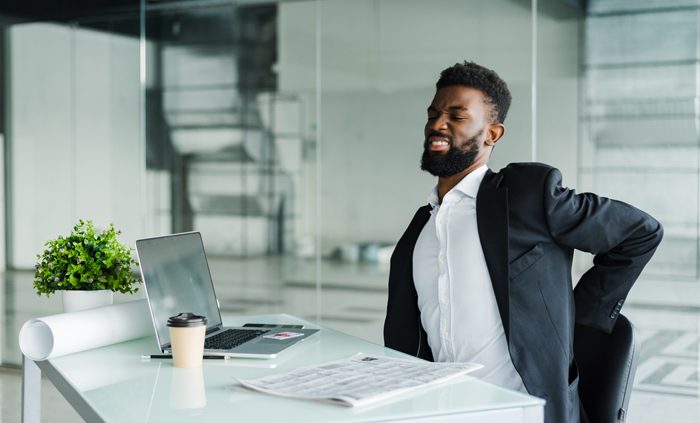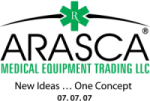Construction sites, warehouses, and factories are some of the high-risk environments to work in. No wonder why these places have the most warning and safety signs. But what about the office? Yes, it is considered as the safest work environment but did you know that it is also a place where most IGNORED HAZARDS are found?
Ergonomic Hazards

freepik.com
Ergonomic is relating to the way a working environment is designed to maximize the efficiency and comfort of the employees. Ergonomic hazards are factors that may cause poor posture, physical strain or awkward movement, such as improper chair height, repeated physical activities, and frequent forceful movements. Being exposed to an excessive noise of 80 decibels (dB) for 8 hours and above is also included, says the Occupational Safety and Health Administration (OSHA).
These hazards are the most common but also mostly ignored because they normally show results after some time – muscle pain due to sitting for long hours do not feel serious at first – which is why overexertion and bodily reactions are one of the top 3 injuries in the workplace.
To help you identify an ergonomic hazard, a good sign would be; pain and numbness in your shoulder, back, neck, and other body parts after doing a certain or repeated task.
To avoid these, it is best to do stretching every 15 or 30 minutes of a sustained position and most especially, know the posture and office desk set up that is proven to increase employees’ productivity.
Poor Housekeeping and Furniture

freepik.com
This is the root cause of slips, trips, and falls, the second in rank on 2019 statistics of leading causes of work-related injuries. Keeping a place clean and maintained is a very simple task yet most workplaces still suffer from these hazards.
Poor lighting, clutters, and damaged or low-quality furniture are things that could be prevented with our own mindfulness and prompt action.
You could help others and yourself in becoming a victim by doing the following:
- This is the simplest to avoid but still Check the ladder, chair, desk, or any surface first before stepping or sitting onto it; there might be hidden cracks, screeching noise, imbalanced foundation, or weak screws that may cause you to fall.
- If you see weak lighting, report it immediately so it could be replaced. If you need to go past a staircase in this situation, ensure that you have a good grip on the railings and make a careful step, and do not do unnecessary movements such as looking at your mobile – if needed, you can stop for a while and continue ascending or descending the stairs once done.
- Do not leap over a stairgate or other objects that may cause you to extend your legs and lose balance.
- If you see a trip hazard such as spills or objects placed in an unsafe location, remove them immediately or call for assistance; a little effort goes a long way.
- Require your staff to wear anti-slip footwear especially when moist and liquids are present in the work environment.
Lack of Safety Awareness

freepik.com
Last but not least……ignorance. Knowing the risk or hazards that are present in the workplace can be avoided if there is proper training of staff. Companies should keep first aid and safety training in paramount priority because it is best to invest a little time and money in training your staff than spending more with lost hours of work and hospitalization of employees. New employees must be given training while old employees must have regular training at least once a year.
Some companies are also enhancing their safety training by including both fitness and health programs – weekly exercise, additional breaks for office workers to stretch, adding simple physical activity equipment inside the office – together with first aid and emergency preparedness training to ensure that employees can prevent injuries and are confident to deal when an emergency occurs.
Sources:
https://injuryfacts.nsc.org/work/work-overview/top-work-related-injury-causes/
https://www.hseblog.com/5-common-workplace-hazards-you-cant-afford-to-ignore/
